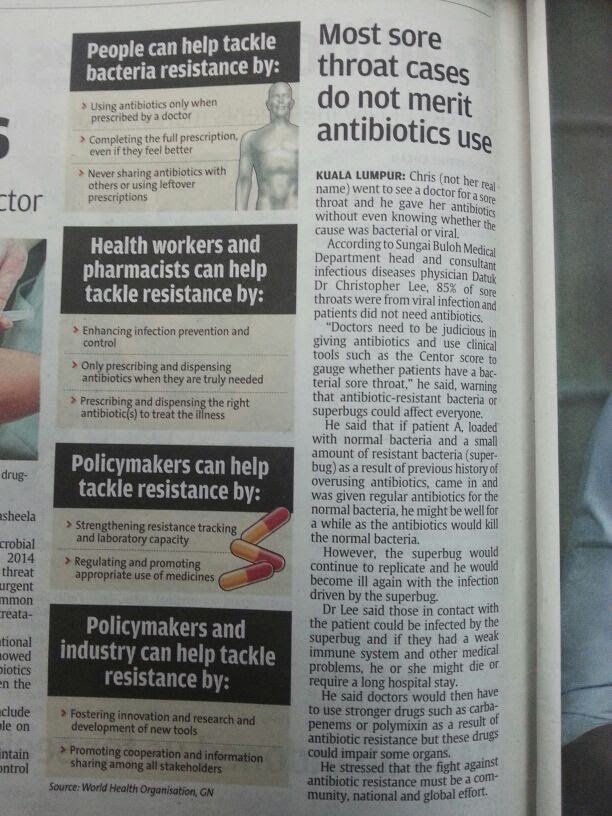Lots of people ask how Nutritional Immunology foods are being processed then if we keep emphasizing that taking food is better? How does it different from the natural fresh fruits and vegetables? Any chemical involved as safety is a big concern...
Freeze-drying and Spray-drying are the main technologies used by E.Excel. Which is similar as original fruits and vegetables with a difference in 5%.
Freeze-drying
http://en.wikipedia.org/wiki/Freeze-drying
How the freeze dried food looks like! Freeze dried honey dew, strawberry and cucumber that we get as gift earlier :)
Advantages:
- It can effectively retains the freshness, nutrients and quality of foods. Fried drying virtually retain most of the nutrition contents
- Retain original flavor, shape, color, nutrients and texture
- More concentrated products
- No preservatives and additives are required due to the pure and natural processing method
- It's an advancement from refrigeration, thus able to keep the foods for longer shelf life
- Safer - as no preservatives are required
How does it different from dehydrated food and canned food?
Dehydrated and canned foods are shelf-stable, BUT high-temperature processing can degrade flavour, texture and nutritional content
So, Why E.Excel food products are wholesome plant foods products - although appear in sachet forms?
Because they are
FREEZE-DRIED food, hence can be kept longer without adding any preservatives and yet the wholesomeness, and nutritional values are maintained as that in original plant foods. Once the food is freeze dried, it will be grinded into powder for better storage purposes.
Let's look at how freeze dried works!
Step 1: Wash, Filter and Concentrate
This is the pretreatment stage for freeze-drying. First the plant foods are washed thoroughly. If necessary, They are filtered and concentrated.
Step 2: Freeze
Prefreezing the plant foods is necessary during the freeze-drying process.
Technical challenges
Strict control of Prefreezing temperatures (Usually from -50 celcious to - 80 celcious). If the prefreezing temperature is not low enough, the plant foods will not be frozen completely and this will compromise the subsequent process. If the prefreezing temperature is too low, it may damage the plant food causing unnecessary waste.
Ability to rapidly lower temperature to the required temperature. The a home refrigerator for example. The temperature of plant foods placed in its freezer compartment drops gradually during the freezing process. Water in the plant foods forms crystals that burst the plant cells, causing the plant foods to become translucent and mushy. Hence it is vital to rapidly lower the temperature to protect the plant cells.
Hence, during the freeze-drying process, engineers meticulously calculate and control the duration and temperature required for freezing each kind of plant food to ensure accuracy.
Step 3: Dry
In a vacuum chamber with a fixed temperature, the ice in the frozen plant foods is converted directly to vapor to remove moisture.
Technical Challenges
It is vital to ensure that the freeze-drying chamber is under vacuum and maintain the desired pressure and temperature. The slightest variation may cause an air leak and consequently damage the plant foods, resulting in an air-dried appearance: Shriveled, collapsed and dark.
Read up more details in the following articles
Cheers
Siew Choon
90263064













